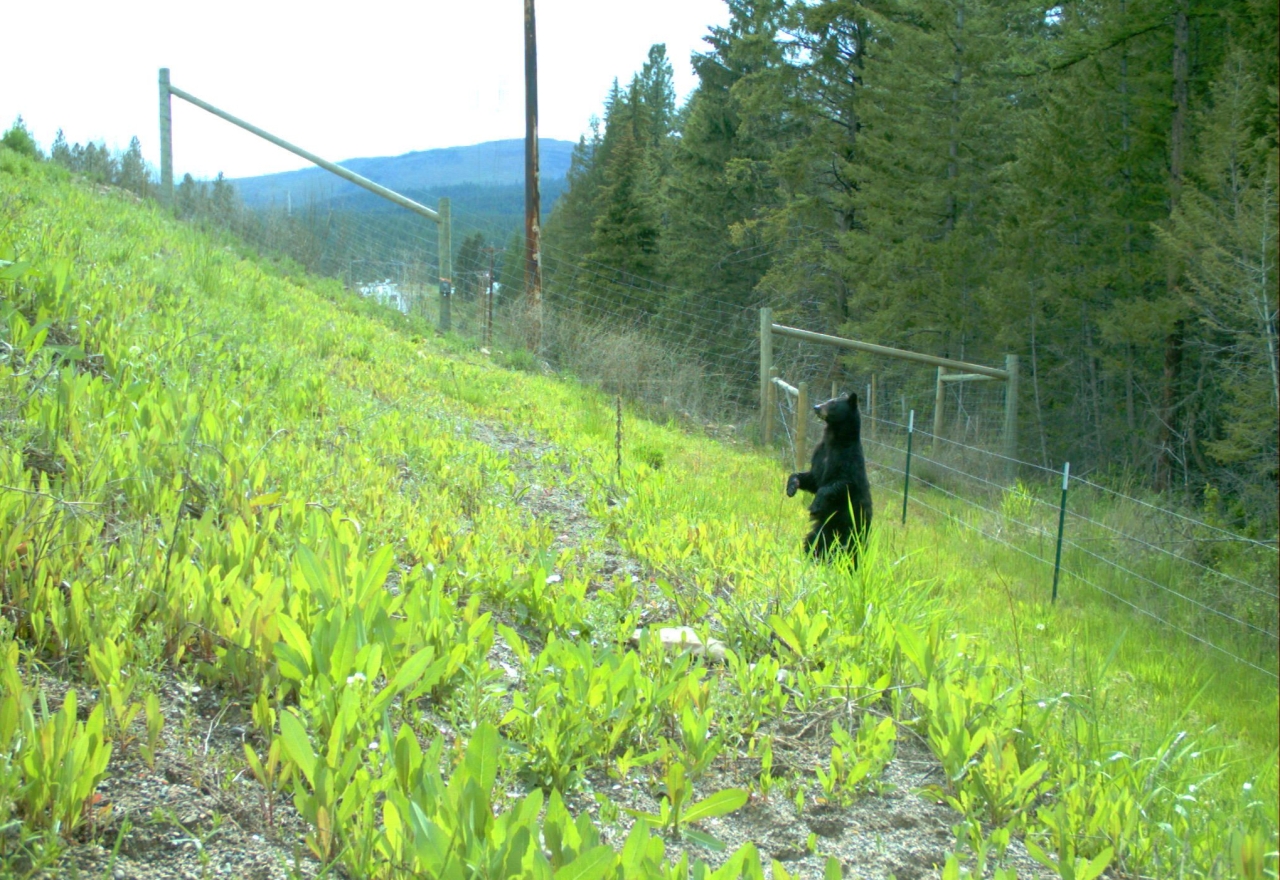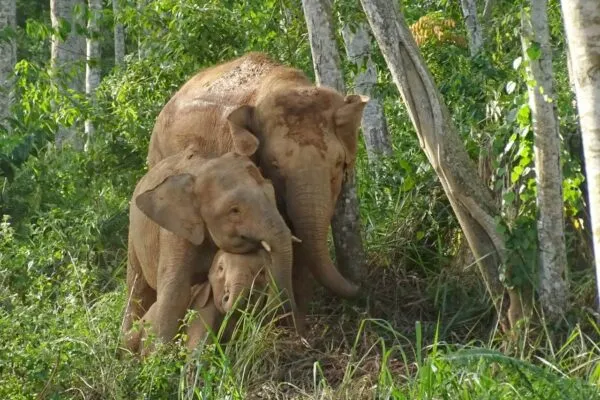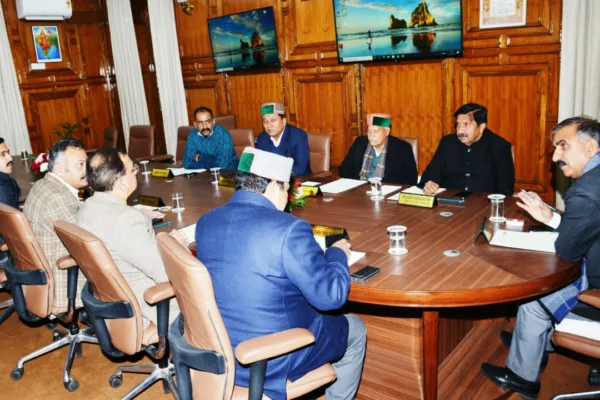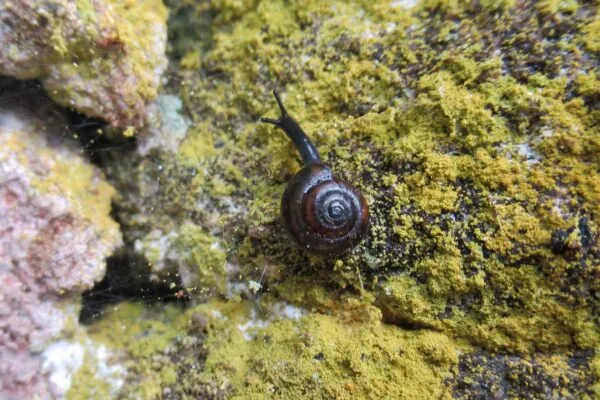Tribal Knowledge-Backed Wildlife Crossings in Montana Help Reducing Accidents
Should indigenous knowledge be a part of all wildlife conservation projects?
The Kootenai and Salish tribes joined hands with the Montana Department of Transportation as they designed and built one of the most extensive networks of wildlife crossings in the US. Highway 93 was known as the most dangerous road in the country where a lot of accidents happened. As per a study, the building of wildlife crossings helped in reducing collisions by up to 71%. There are a total of 42 wildlife crossings on this highway which are backed by traditional tribal knowledge and values.
The Kootenai and Salish tribes have lived in this region for over 12,000 years, and care very much about natural habitats and wild animals. They know and believe that animals are important for a healthy ecosystem and were in the region before it was inhabited by the tribes. They consider themselves the voice of the wild animals in the region, which is why they make it their generational duty and responsibility to protect wildlife. It was why they imparted their wisdom on wildlife conservation to the state of Montana while the corridors were being designed and constructed.

Image: CSKT & MDT
The wildlife department installed cameras to track the movement of animals through these corridors and it was known that as many as 22,000 animals used these wildlife corridors, annually. In the year 1989, the Montana Department of Transportation came out with a plan to solve the situation at hand. They proposed expanding Highway 93 to five lanes which also included a passing lane. The highway was planned to run via Flathead Indian Reservation adding 56 miles across the land.
The plan was challenged by the community tribal members who had concerns that such a road development will endanger not just the wildlife but also children and school buses that usually used the highway. The concerns made tribals and the Montana Department of Transportation come up with a different plan. They partnered with an architectural company based in Seattle named Jones & Jones. Both tribes of Kootenai and Salish used the native knowledge which was rendered by tribal wildlife ecologists.
Also Read: How are Indigenous Tribes Helping in Wildlife Conservation?
This helped them to come up with a design that provided safe crossings for people as well as the wildlife in the region. The aim was to build 42 crossings across Highway 93. By the year 2000, the Montana Department of Transportation signed a memorandum and began working in partnership with tribes to improve the highway for better travel safety for commuters and ensure a safe passage for wildlife at the same time.
The camera traps were installed in 29 crossings and they helped confirm that more than 20,000 animals used the crossings every year. Road accidents were also reduced by 71%. This is a good example of harmony and responsible action by humans in the development of infrastructure that not only cares for people but wildlife, too.
Via: Mongabay


